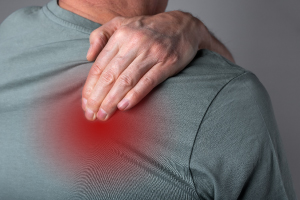Diet & Nutrition
3 MIN READ
Jul 10, 2025
Beetroot Powder Benefits That Go Beyond the Hype: Is It Your Next Superfood?
Beets aren’t just for salads anymore. In powdered form, they become a powerhouse of natural nitrates, antioxidants, and iron-rich goodness. Whether you’re aiming to boost your natural glow, lower blood pressure, or improve circulation, the benefits of beetroot powder make it a standout in the...
Beets aren’t just for salads anymore. In powdered form, they become a powerhouse of natural nitrates, antioxidants, and iron-rich goodness. Whether you’re aiming to boost your natural glow, lower blood pressure, or...

























-158x400.png)














